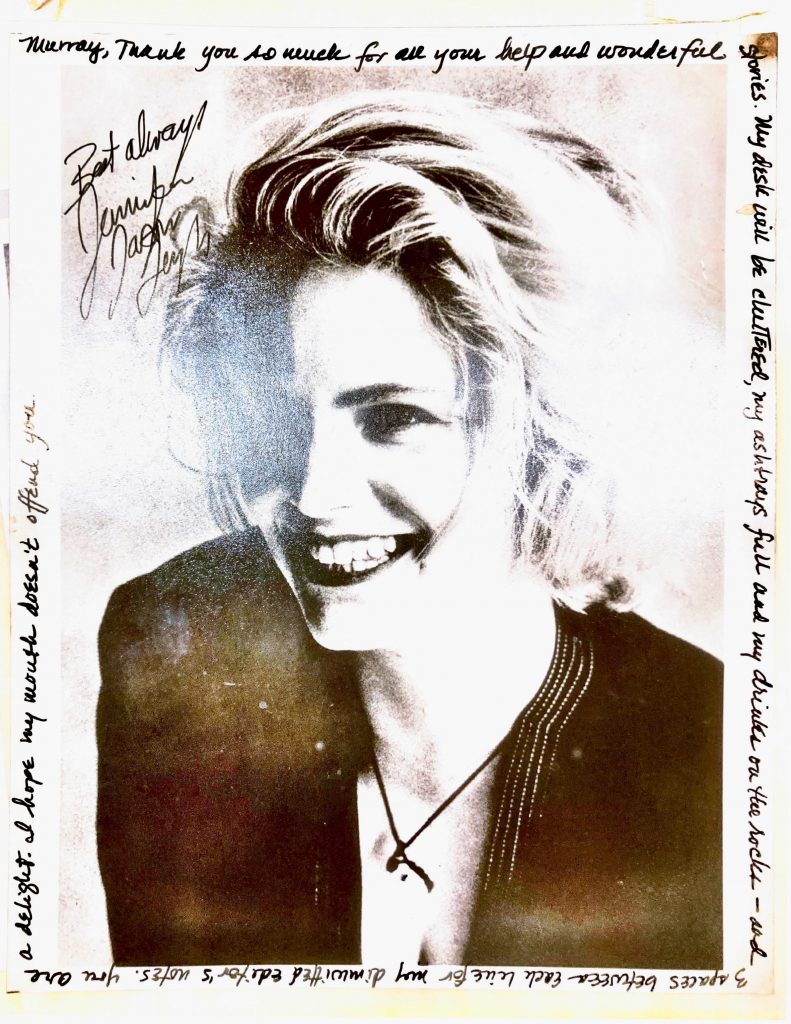Project title
A collection of journalism by Murray Kempton.
What brings you to Columbia’s Rare Book & Manuscript Library?
I wanted to spend a little more time with the Murray Kempton papers, especially the short pieces he read aloud for the CBS radio program called Spectrum in the 70s. I’ve been trying to understand what the 70s were about for Kempton––it’s the decade of his career I understand the least––and so I wanted to dig into those pieces to see what caught his attention.
How long have you been using RBML materials (for this and/or previous research)?
I’ve been making trips to RBML since late 2017. I would come more often if I could. It’s such an easy space to be in for a researcher.
What have you found? Did you come here knowing this material was here?
I found heaps of columns––more than I remembered from my last trip. Kempton wrote over 10,000 columns and not many have been digitized, so my visits to RBML have been totally essential to this research. I went through those Spectrum broadcasts, but I also really appreciated seeing some of Kempton’s notes for the last book of his articles to be published, which was about 30 years ago. How do you distill a lifetime of reporting into a single book? You can see him trying to draw a line around his career, to give some shape to all this history and experience.
What have you found that’s surprised or perplexed you?
I found a couple of interesting things. One is a series of pieces Kempton wrote for the New York Post in 1956 about the Trujillo dictatorship in the Dominican Republic. (Needless to say, the Post was very different back then.) He looks at the dysfunction and oppression under Trujillo from a few different angles: labor, the arts, education, etc. Kempton’s reputation was really as an observer of domestic politics, and especially as a New York writer––his New Yorker profile by David Remnick is called “Prince of the City”––and so it’s always interesting to read the reports he filed from other parts of the world. He didn’t see a place the way a veteran foreign correspondent might, for better and for worse. There are some great details. He notices that in Dominican history textbooks, on the page with portraits of all the presidents before Trujillo, the Black presidents are depicted in whiteface.
I also found something totally unexpected and fun: a studio headshot of Jennifer Jason Leigh, which includes a very sweet inscription from her written in marker around the border. Apparently, she and Murray Kempton hung out as part of her research for the reporter role she played in the Coen brothers’ film The Hudsucker Proxy. The range of people who show up in the Kempton papers at RBML, in some form or another, keeps you guessing.
What advice do you have for other researchers or students interested in using RBML’s special collections?
I would say first that the archivists at RBML are absolute professionals and also extremely patient and kind. They know what they’re doing, and so if you want to make the most of your time at Butler, you need to know what you’re doing. Especially if you’re a student or coming from out of town, like I am, making sure your camera or scanning software is working right, emailing with the archivists ahead of time, knowing what you’re doing for lunch––these are not trivial considerations! And stay hydrated.
